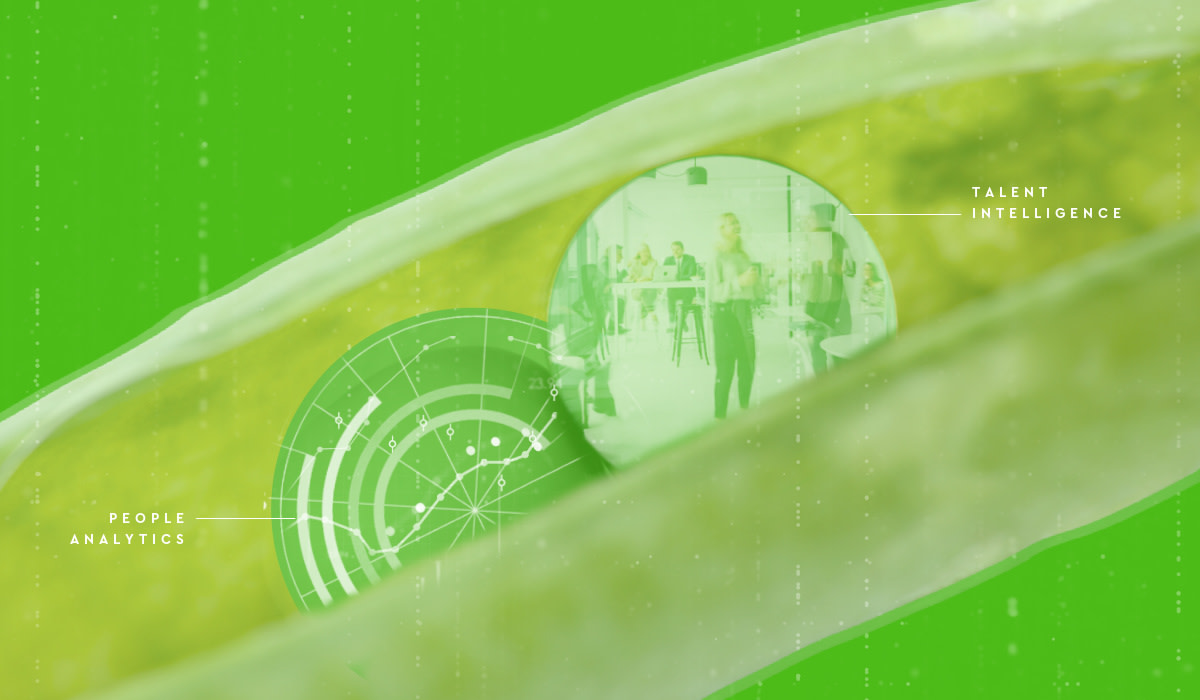People Analytics and Talent Intelligence: Two Peas in a Pod
With Visier's acquisition of Boost.rs comes a new a world of innovation at the intersection of people analytics & talent intelligence.

This week, Visier announced it has acquired the assets of Boost.rs, which provides sophisticated natural language processing (NLP) and AI to classify the complex world of jobs, resumes, learning courses, and other descriptions of the jobs people do—and the skills needed for those jobs—into a powerful ontology.
I expect most people wouldn’t know why a powerful ontology is useful, but the observant reader likely has noticed the description of Boost.rs appears to overlap to capabilities in an emerging space known as Talent Intelligence. But first, what can you do with job and skill ontologies?
An ontology is simply a classification where we describe relationships. So a job and skill ontology can tell us how jobs, and their associated skills, are related.
Many benefits of matching skills & jobs
With the Boost.rs capability, a resume, course description, job description, or other textual information is automatically turned into a standard job name and associated skills. This can, in turn, be matched back to associated job postings or courses to develop skills. The practical value to this capability is large, and includes:
Building a skills catalog for the organization
Describing the career path of individuals through jobs and skills
Standardizing job hierarchies for the purposes of mapping to market compensation
Building leadership development based on the required (and missing) skills of leaders
Matching candidates, both internal and external, to job postings
This is just a partial list of what Boost.rs can help our customers to achieve. It should also be clearer now that there is overlap in capability often associated with Talent Intelligence.
What is ‘Talent Intelligence?’
Talent Intelligence is an emerging discipline and so its definition is especially murky, but two things are always present in definitions:
A focus on talent acquisition as the primary user (and use case)
The use of external talent data
With the unprecedented labor shortage that businesses are facing, these make perfect sense.
Talent Intelligence seeks to answer the question of how advanced technology can help you navigate a world where there are more jobs than talent. Can AI make us smarter at sourcing or targeting candidates? Can we gain advantage over our competition for talent? Or reskill internally instead of hiring externally?
The intersection of People Analytics & Talent Intelligence
People Analytics, by contrast, focuses on the entire employee lifecycle and connects decisions we make on people (talent, labor, contingent, contract, candidates, applicants, part-time employees) to business outcomes. To do so, it is critically important to connect all the systems that hold insight into people.
Visier customers connect core HR, applicant tracking, employee experience, learning and development, payroll, and other HR systems in Visier, but also sales, finance, and other business applications. Visier also connects Talent Intelligence applications, looking beyond what talent intelligence does in the important area of finding great talent to answer questions like recruiter effectiveness, quality of hire, or return on investment.
So you can see why I say that people analytics and talent intelligence are two peas in a pod: they’re closely adjacent solutions that are better together. And Visier’s acquisition of Boost.rs means that we can further innovate at the intersections of these two areas to help companies see the human truth in the entire employee lifecycle—from hire to retire.


